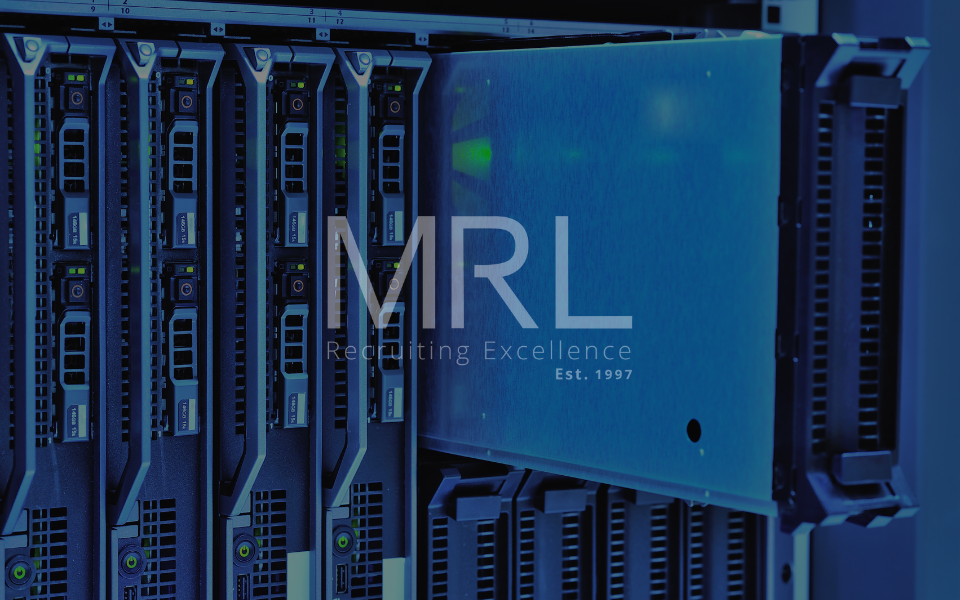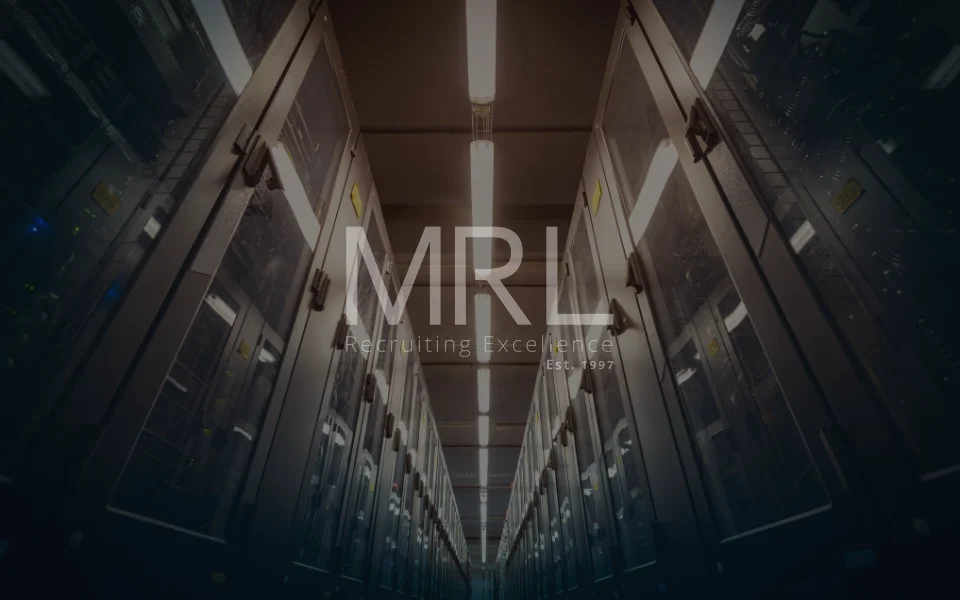How Data Centres are Becoming More Environmentally Friendly
29 Apr, 20255 minsData centres are the backbone of the digital world. They process and store vast amounts of i...

Data centres are the backbone of the digital world. They process and store vast amounts of information every second. However, their immense energy use and environmental footprint have raised some concerns. In response, the data centre landscape is evolving towards greener practices by integrating energy-efficient technologies and sustainable solutions. In this article, let’s dive deeper into how data centres are becoming more environmentally friendly than ever before.
The Shift Towards Renewable Energy
Traditionally, data centres have relied on fossil fuels, which leads to high carbon emissions. A big step in creating green data lies within the transition to using renewable energy sources. Doing green tech right starts with making the shift to using renewable power sources. Industry leaders are now investing in wind, solar, and hydroelectric power to meet energy demands.
Big tech companies like Google and Microsoft are really leading the charge and committing to giving 100% of their energy from renewable sources for their data centres. Some businesses are even creating on-site solar farms and wind turbines to generate their own power. These efforts reduce reliance on non-renewable resources, which significantly lowers a company’s carbon footprint.
Energy-Efficient Cooling Systems
Cooling systems are a must-have in data centres, as they prevent overheating while ensuring steady performance. Traditional cooling methods typically use a lot of electricity and water, so this is a key area where green energy is needed.
Liquid cooling uses specialised coolant to dissipate heat more effectively than air-based methods. Immersion cooling works by submerging servers in non-conductive liquids, which cuts energy use significantly.
Some data centres are choosing to use free cooling, which leverages naturally cold air or water from nearby sources such as lakes or underground reservoirs to regulate temperatures. These methods not only reduce energy consumption but also help to minimise water waste.
Smarter Data Management and AI Integration
Artificial Intelligence (AI) is helping to make data centres environmentally friendly by optimising power consumption by predicting demand fluctuations and adjusting energy use accordingly.
Google uses an AI cooling system, which has helped to reduce energy usage by 40%. These systems analyse data, weather conditions, and server workload to make real-time adjustments, which help with efficiency without compromising on performance.
AI also aids in workload distribution. This ensures that servers operate at top efficiency while minimising idle energy wastage. This results in lower power consumption and runs a more sustainable and green operation.
Recycling and Sustainable Materials
Electronic waste (e-waste) has been a growing concern in tech industries for a while, and this goes way beyond the impact of energy consumption on the environment. To combat this, companies are implementing recycling schemes and using sustainable materials in their infrastructure.
Many organisations are now rebuilding and repurposing old servers rather than discarding them. Modular data centres are designed with easy-to-replace components that allow for longer life cycles and reduced waste. Companies are now exploring biodegradable and recyclable materials for server racks and other housing elements to lessen their ecological impact.
The Future of Green Data Centres
As the demand for digital services continues to grow, so does the need for sustainable data centre practices. Governments and regulatory bodies are also stepping in, introducing stricter environmental guidelines to encourage greener operations.
Looking ahead, advancements in quantum computing and edge computing may further contribute to sustainability. Quantum computers, which require significantly less energy than traditional machines, could revolutionise data processing. Meanwhile, edge computing reduces the need for large, centralised data centres by processing information closer to the source, decreasing overall energy consumption.
The data centre landscape is undergoing a transformation, prioritising sustainability and efficiency. By embracing renewable energy, improving cooling methods, integrating AI-driven solutions, and minimising e-waste, data centres are reducing their environmental impact. As technology continues to evolve, the industry is set to become even greener, ensuring a more sustainable future for digital infrastructure.
Get in touch with MRL to begin your move into your future data centre career.





